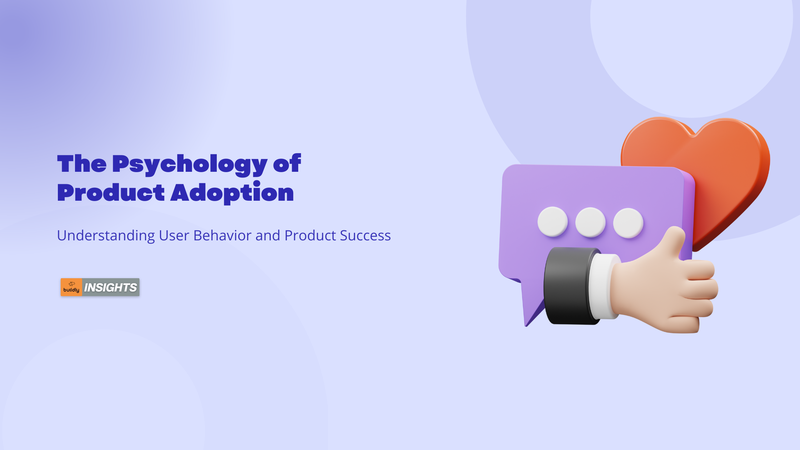The Psychology of Product Adoption: Understanding User Behavior and Product Success

- admin
- Dec. 12, 2023
The Psychology of Product Adoption: Understanding User Behavior and Product Success
Understanding user behavior in the context of product development involves more than just figuring out clicks and interactions; it also entails delving into the complex psychology of product adoption. A product's ability to connect with customers is often what determines its success, and this connection is closely linked to the psychology of adoption.
The Mentality of Product Acceptance
Research by Amos Tversky and Daniel Kahneman has demonstrated the profound impact of cognitive biases on decision-making. Theories such as the "anchoring effect" and "confirmation bias" are important in understanding how customers view and use items. Product managers can create user experiences that reflect user views by being aware of these biases.
The Anchoring Effect
According to Kahneman and Tversky's research on the anchoring effect, people largely base their subsequent judgments and decisions on the information they are given initially. For example, customers' opinion of a product's value or desirability is typically influenced by its original price or features, which act as an anchor point.
By giving users information in a deliberate manner, product managers can take advantage of the anchoring effect. Emphasizing the key features of a product up front, or anchoring favorable aspects, can affect users' impressions all the way through the evaluation and adoption process.
Confirmation Bias
Confirmation bias refers to the tendency of individuals to seek out information that confirms their existing beliefs or hypotheses while disregarding contradictory evidence. Instead than questioning the views that they hold, users frequently interpret information in a way that confirms their preconceptions.
Product managers can create user experiences that accommodate consumers' preexisting preferences or views by having a thorough understanding of confirmation bias. Managers can ease uptake and reduce resistance by delivering facts in a way that validates consumers' favorable opinions about the product.
Creating User Interfaces That Take Cognitive Biases Into Account
- Selective Information Presentation: Make use of the anchoring effect by putting important product information front and center, emphasizing features that are likely to have a favorable impact on customers' impressions.
- User Testimonials: Reinforce favorable opinions of the product by using user testimonials or reviews that support the preexisting thoughts of the target audience. This is a clever way to take advantage of confirmation bias.
- Guided Decision-Making: Assist consumers in making decisions by providing them with information that supports their initial preferences and gently encouraging them to use the product.
Understanding the psychology of product adoption reveals a complex world in which user behavior—shaped by social influences, habit formation, cognitive biases, and user experience—determines a product's chances of success. Product managers can improve user experiences, optimize strategies, and increase adoption rates by exploring these psychological nuances.
Comprehending the nuances of user behavior is not limited to enhancing product adoption; it also involves establishing relationships between products and consumers, crafting significant experiences, and finally influencing the triumphs of inventive products in the current competitive environment.

